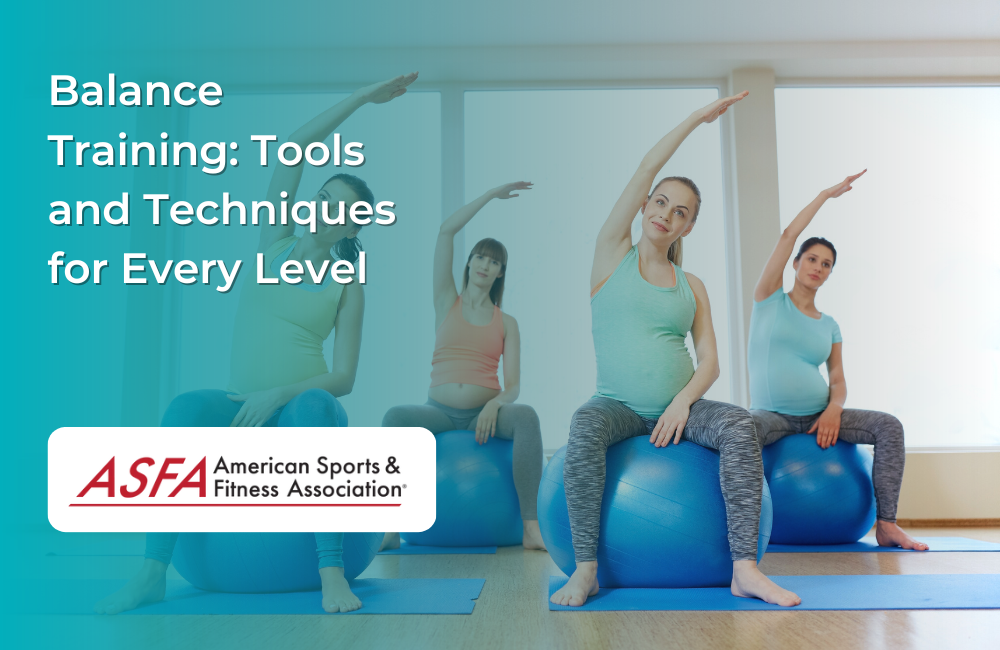Balance training is a versatile and essential component of fitness that benefits individuals of all fitness levels. Whether you're a beginner looking to improve stability or an advanced athlete aiming to enhance performance, this guide provides insights into the tools and techniques that can help you master the art of balance training.
Chapter 1: The Significance of Balance Training
1. Core Foundation
Balance training builds a strong core, which serves as the foundation for overall stability and strength.
2. Injury Prevention
Improved balance reduces the risk of falls and injuries by enhancing body awareness and coordination.
3. Performance Enhancement
For athletes, balance training can lead to better sports performance by improving agility, reaction time, and control.
Chapter 2: Basic Balance Training Techniques
1. Single-Leg Stance
Begin with simple exercises like standing on one leg to improve basic stability.
2. Stability Ball Exercises
Incorporate stability balls for seated or lying exercises that challenge balance.
3. Balance Board Workouts
Balance boards offer an unstable surface for exercises that engage multiple muscle groups.
Chapter 3: Advanced Balance Training Techniques
1. Bosu Ball Exercises
The Bosu ball combines a balance board and stability ball for advanced training.
2. Yoga and Pilates
These disciplines incorporate balance-focused poses and movements suitable for all levels.
3. Functional Training
Integrate balance into functional movements like squats, lunges, and kettlebell exercises.
Chapter 4: Balance Training Tools
1. Balance Boards
Balance boards are versatile tools that challenge your stability and are suitable for all levels.
2. Stability Balls
Stability balls are excellent for seated and lying exercises that engage the core.
3. Bosu Balls
The Bosu ball is a half-ball with a flat platform, offering a wide range of balance exercises.
Chapter 5: Progressing Your Balance Training
1. Gradual Progression
Start with basic exercises and gradually increase the difficulty to avoid injury.
2. Mind-Body Connection
Focus on the mind-muscle connection by engaging core muscles during exercises.
3. Sports-Specific Training
Tailor balance training to your sport to improve performance in specific movements.
Chapter 6: Balance Training for Rehabilitation
1. Injury Recovery
Balance training is valuable for rehabilitating injuries, especially lower extremity injuries.
2. Joint Health
Maintain joint health by improving proprioception through balance training.
Chapter 7: Incorporating Balance into Your Routine
1. Warm-Up and Cool Down
Include balance exercises in your warm-up and cool-down routines to enhance overall stability.
2. Stand-Up Desk
Consider using a stand-up desk to engage your core and improve posture while working.
A Balancing Act for Health and Performance
Balance training is not just about standing on one leg; it's a balancing act that can enhance your fitness, reduce injury risk, and improve performance. Whether you're a novice or an elite athlete, incorporating balance training into your routine is a wise choice. By utilizing the tools and techniques outlined in this guide, you can embark on a journey to better balance, stability, and overall health. Remember that balance is not a destination but a continuous process, so keep practicing and challenging yourself to reap the rewards of improved balance.





